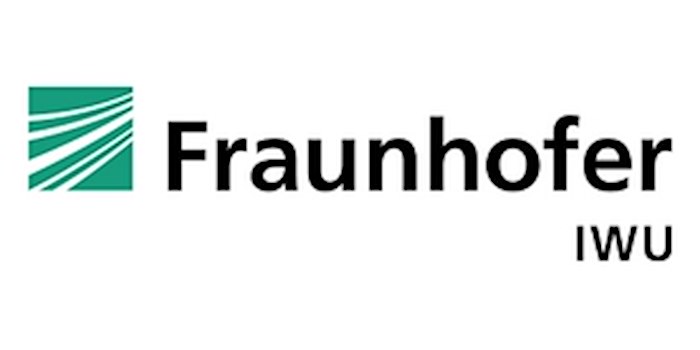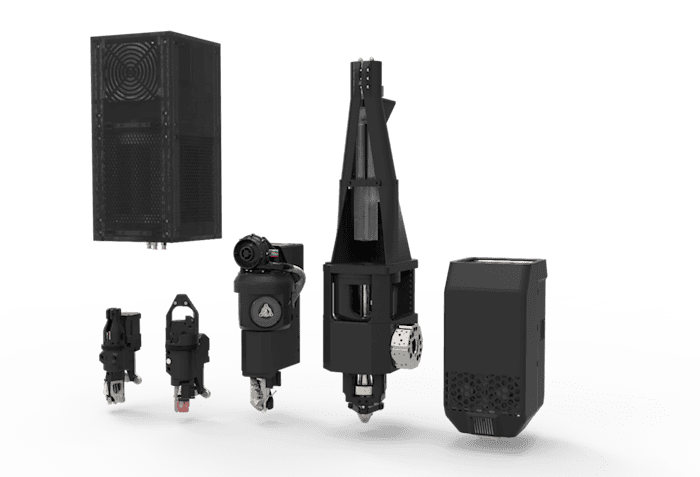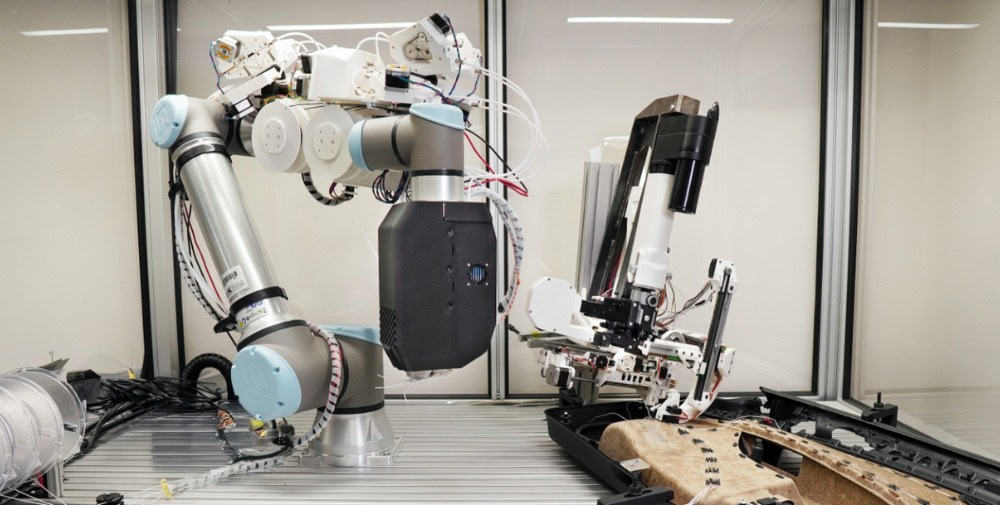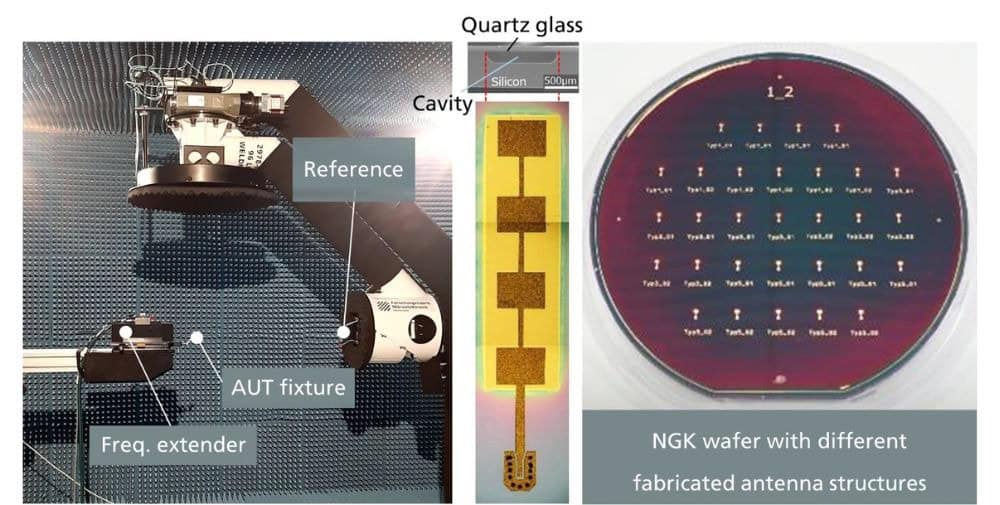Wire or Fiber Encapsulating Additive Manufacturing (WEAM/FEAM) could drastically simplify the industrial production of components into which complex yet compact cabling, sensors, actuators or lighting systems have to be integrated by printing these components at the same time.

The FEAM process uses glass fiber material instead of wires, which is applied to any substrate via a polymer coating without impairing the optical properties. This technology makes it possible to build freely designable lighting elements, sensors or data conductors on 2D or 3D surfaces. Newly developed at the Fraunhofer IWU: Automated Cable Assembly (AuCA). Where conventional robotics fails in the production and automated laying of flexible cable harnesses in cars, AuCA produces cables on a component using a robot-guided mould and fixes them with a polymer.
The team led by Lukas Boxberger at Fraunhofer IWU offers print heads for a wide range of different manufacturing tasks, which can be further customized to meet specific product requirements.

Lower left: WEAM Printer (outside) and FEAM Printer are perfectly suited motion systems for 3D printers when space is at a premium but the system needs to be fast and agile. The heads are correspondingly compact and lightweight; the media supply (wire or fiber, polymers, compressed air) is provided via an external supply unit (pictured directly above the heads). If larger machines are to be equipped or more space is available: WEAM Machine (center) does not require an external supply. WEAM Robot (2nd from right) is designed for large motion systems, primarily processes two-component polymers and can print glass fibers or glass fiber-reinforced plastic on metals. Far right: AuCA is designed for guidance on the robot. Pictured is the unit that can place cables and adjust their length. (IMAGE: Fraunhofer IWU)
Printing individual wire harnesses in the automotive plant
The wire harness for an automobile consists of several cables of different lengths, cross-sections and end contacts. For a robotic system, both the assembly and installation of a cable system several kilometers long would be extremely difficult to handle. This would require the use of numerous cameras, sensors and small-scale processing steps. For this reason, the entire process chain, from assembling the cables to installing them in the vehicle, is still characterized by a great deal of painstaking manual work.
With the Automated Cable Assembly (AuCA), the Fraunhofer IWU has completely rethought cable laying and combined it with 3D printing technology so that the flexible cables no longer have to be “gripped”, but are deposited from an endless reservoir. The researchers have also developed a tool head that provides the deposited cables with contacts. The cable laying concept is automated, does not require image processing and relies on an efficient laying system directly on the end component. This technology eliminates the need for cable pre-assembly, cable harness assembly, transportation and installation. Several stations of manual work are reduced to one system that can be connected directly to the production line. AuCA reduces the wire harness to its core parts: individual cables, necessary contacts and application-specific bonding. This philosophy saves weight and eliminates the need for additional materials for transportation protection.
Possible applications similar to those for wire harnesses in cars can be found in all areas of cable integration – from control cabinets to consumer electronics.
Use FEAM to take advantage of fast data transmission via optical fibres or create flat, flexible and lightweight light sources
Instead of (encapsulated) cables, fiber optic webs can also be applied to a wide variety of substrates using printing technology. In Fiber Encapsulating Additive Manufacturing (FEAM), a single fiber or a fiber bundle is printed onto the component using a tool head and fixed in place with a polymer coating. In this way, glass fiber webs of any shape can be deposited directly onto the final component. With the FEAM technology, the researchers are pursuing the goal of expanding the existing limits of glass fiber integration in order to develop cost-effective and design-flexible solutions for industrial applications. Fraunhofer IWU is working on methods that enable the fully automated integration of fiber optic cable elements and is developing tool head systems that manufacture faster, more precisely and more efficiently. This is because products with optical fibers that can be applied directly to (injection-moulded) components require shorter processing times and fewer components.
Comparable cost effects can be achieved if the technology is used for the direct deposition of light guides on components. At Formnext, the Fraunhofer IWU is presenting a print head that enables deposition speeds of up to 50 millimetres per second with fiber diameters of 0.2 to 1 millimetre without the cladding material having to meet special requirements. For example, SEFOs (side-emitting fiber optics) with a protective transparent sheath can be applied to an injection-molded part to create a powerful flat light element.
_ _ _ _ _ _
Further links
👉 https://www.iwu.fraunhofer.de/
Photo: Fraunhofer IWU
_ _ _ _ _
Note to the text
This is an automatic translation with DeepL.com. Read the original text in German.





